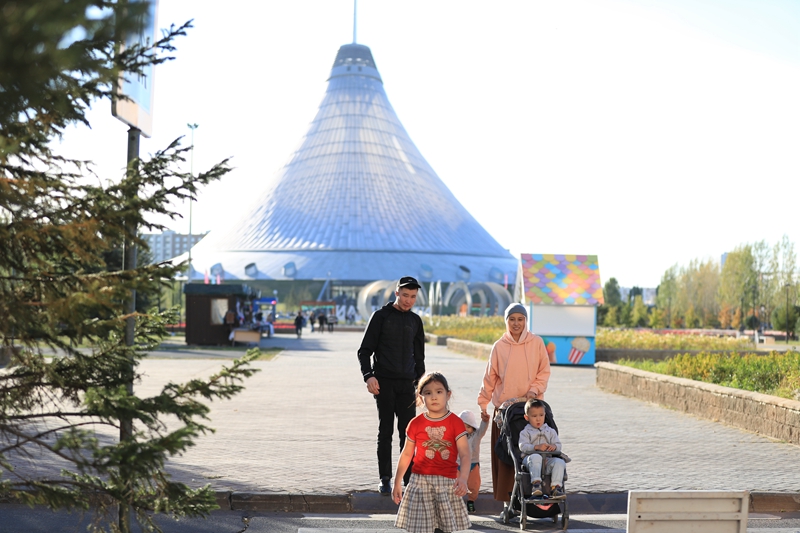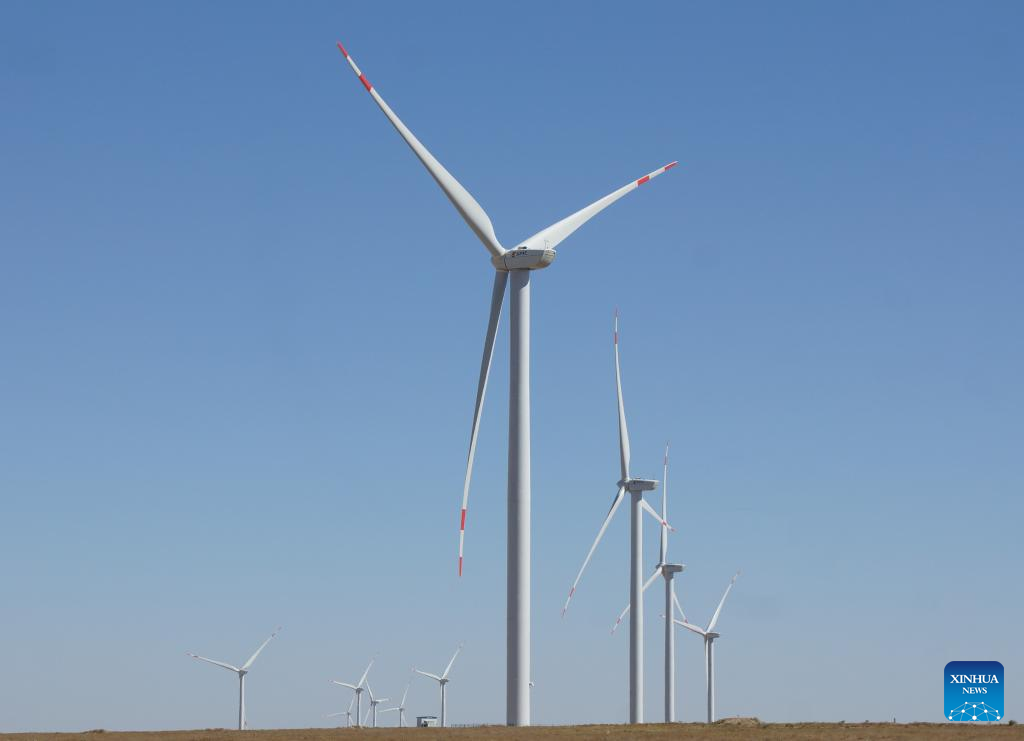Cooperation and Beyond

We can conclude that Central Asia and China will either share a common fate and success, or different fates and crisis. The current global turbulence pushes both sides to cooperate more with one another.
Chinese President Xi Jinping embarked on an official tour of Central Asia from September 14 to 16, taking him to Kazakhstan and Uzbekistan.
The visit is primarily associated with the dynamic processes in the region. The unrest in Almaty, Kazakhstan, in January and the rallies in Uzbekistan in July showed that the region has entered a stage of active political processes. At the same time, due to the prolonged closure of the borders amid the COVID-19 pandemic, the Chinese leadership needed to fully restore ties with the region in order not to let go of the thread of communication with what is happening in these countries.
President Xi’s state visit to Kazakhstan on September 14 generated active interest in the country. The fact the Chinese leader, after a break of almost three years, began his international activities with Kazakhstan in itself drew much international attention both to bilateral relations and to the context of the general global situation.
Getting results
The China-proposed Belt and Road Initiative, which aims to boost connectivity along and beyond the ancient Silk Road routes, has been the cornerstone of bilateral relations over the past decade. It was a natural evolutionary transition of experiences accumulated in the previous decades in bilateral relations into a new quality. The stage of the formation of independent states in Central Asia and the opening up of this post-Soviet region to China was over. It was necessary to build a new long-term relationship on this foundation.
At the same time, the Belt and Road Initiative is the doctrine of China’s foreign policy in Central Asia. In essence, the Chinese presence in the region has a structured plan and mission statement.
In general, the initiative has fulfilled its purpose, moving the relations of both Kazakhstan and other Central Asian countries with China to the next stage, from episodic relations to systemic contacts. A sense of consistency in political relations with China has now emerged.

As for the economic dividends of Kazakhstan’s participation in the initiative, there are two main ones: increasing the diversification of the economy by increasing the share of manufacturing industry and diversifying Kazakhstan’s exports through the supply of non-oil products–from rolled metal and ore to agricultural products–to the vast Chinese market.
Chinese companies are active in various spheres of Kazakhstan’s economy, from oil production to infrastructure construction. Some 2,800 enterprises operate in Kazakhstan with the participation of Chinese capital.
China has become the largest foreign investor in Kazakhstan’s manufacturing industry. But more importantly, Chinese companies are often the only significant investors in the country’s local economies.
In a country like Kazakhstan, its regions often lack new breakthrough projects. Chinese investment involves the construction or deep modernization of enterprises and the creation of new jobs. Kazakhstan perceives the Belt and Road transit infrastructure as a chance to diversify its economy and create new development opportunities.
Despite the difficulties in implementing the projects, Kazakhstan has still managed to shift the vector of Chinese investment toward manufacturing. The current reality sees an accumulation of over $2 billion worth of Chinese companies’ investment in Kazakhstan’s manufacturing industry.
Digitalization is another significant element of interaction under the Belt and Road cooperation framework. Digitalization is a process predetermined by the course of development of the global economic system and it came to Kazakhstan in many ways–with Chinese technology. The active participation of Chinese companies creates a strong foundation for the further development of economic relations and the long-term presence of China as a supplier of technology, the main engine of the economy of the future.
Opportunities
China remains a promising foreign trade partner, with whose help both Kazakhstan and other Central Asian countries will be able to modernize their economies.
The need to cope with the consequences of the pandemic will lead to increased economic interaction with China. It is likely that more and more of Kazakhstan’s exports will be oriented toward China, both in energy resources and in metallurgy and mining.
In the manufacturing sector, Chinese businesses will increase their presence and become systemically important. Interaction with China will make it possible to create a new driver for regional economic growth.

However, the potential bias toward China will require a clearer and more calibrated policy. In any case, there are and will be Chinese investment in Kazakhstan’s economy, and it is up to the latter’s leadership to guide this process to success.
Kazakhstan has several opportunities in cooperation with China.
First, its companies can obtain financing to increase turnover in their economic activities. Since Kazakhstan’s economy is developing, it needs external financing. Chinese financial institutions can provide such support. This can be various kinds of participation, from issuing loans to the purchase of shares in companies.
Second, Kazakhstan with the help of Chinese investment can complicate the manufactured products, which will reduce the dependence of its economy on the raw material sector. The problem of the country in the context of competitiveness and participation in the global division of labor is the almost complete absence of exports of complex products or at least processed raw materials.
Third, the Chinese market provides export opportunities for Kazakhstan’s traditional industries as well–energy and metallurgy. According to the UN, Kazakhstan’s untapped export potential in the Chinese market is at least $2.9 billion, of which copper cathodes ($874 million), uranium ($692 million), ferroalloys ($593 million) and zinc ($59 million) would be in great demand.
Fourth, Kazakhstan can solve the problem of sea access. One of the most important problems for the country, and for Central Asia at large, is access to the world ocean, the basis of the modern transportation network. The creation of transport highways under the Belt and Road cooperation framework helps solve this problem.
Fifth, cooperation with China opens up Asia-Pacific markets for Kazakhstan. This is the world’s largest market, and also the fastest growing one. The best way to enter this market is through China.
China and Central Asia
A final important feature of Xi’s visit is its perception in Central Asia. Significant changes have occurred in the political environment and in the socioeconomic sphere of the countries in the region.
Central Asia is experiencing a population explosion, while the region’s economies are stagnating and need new incentives to grow, create jobs and find sources of income. From this point of view, China is almost an irreplaceable partner.
At the same time, China’s interest in the region should not be underestimated. This includes stability and security in China’s Xinjiang Uygur Autonomous Region, the ability to obtain natural resources right across the land border, and new markets for Chinese companies to invest in, including technology companies. In this sense, Central Asia is a region of rare opportunities for China.
Ultimately, both the countries in the region and China are interested in joint development, and any alternative scenario would mean a sharp deterioration in the prospects of both sides. We can conclude that Central Asia and China will either share a common fate and success, or different fates and crisis. The current global turbulence pushes both sides to cooperate more with one another.
The author is chief expert of the Chinese and Asian studies program at Kazakhstan’s Institute of World Economics and Politics.
 Facebook
Facebook
 Twitter
Twitter
 Linkedin
Linkedin
 Google +
Google +










